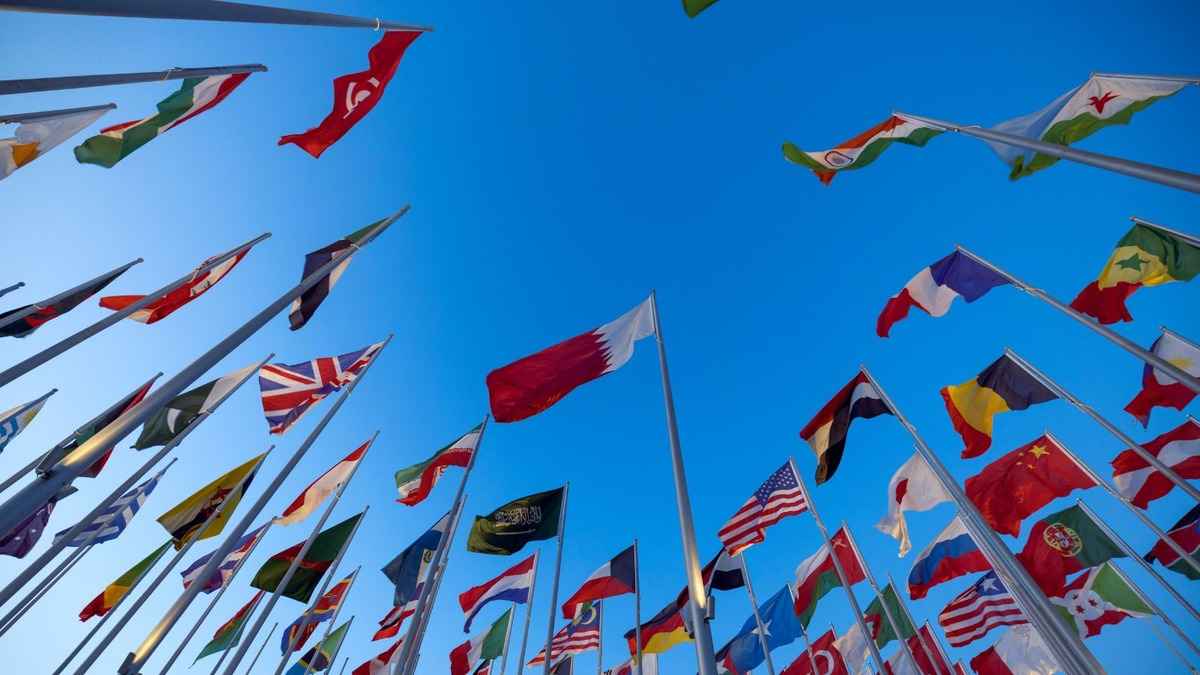The global nuclear powers in 2025 remains shaped by the actions and arsenals of nine nuclear-armed states. Among them, the five original nuclear powers—United States, Russia, China, France, and the United Kingdom—are bound by the Nuclear Non-Proliferation Treaty (NPT), which seeks to curb nuclear weapons spread and advocate for eventual disarmament.
Nuclear Stockpiles by Nation (As of January 2025)
| Country | Estimated Warheads |
|---|---|
| Russia | 4,309 |
| United States | 3,700 |
| China | 600 |
| France | 290 |
| United Kingdom | 225 |
| India | 180 |
| Pakistan | 170 |
| Israel | 90 (estimated) |
| North Korea | 50 (estimated) |
This uneven distribution highlights major power imbalances, especially in Asia where India lags significantly behind China in total warheads.
India and Pakistan: Parallel Nuclear Growth
India’s nuclear journey began in 1974, and by 2025 it has reached 180 warheads, coupled with modernisation of missile systems, including canisterised launchers and MIRV-capable delivery platforms.
Pakistan, with 170 warheads, maintains its nuclear stance primarily as a deterrent against India. It is also upgrading its missile systems and expanding its production capacities.
China: Strategic Modernisation Underway
With 600 warheads, China is quickly becoming a dominant nuclear force. Notably, a growing portion of its arsenal is deployed on dual-capable systems, enhancing first and second-strike capabilities. According to the SIPRI report, China is pursuing a significant modernisation and expansion drive of both land- and sea-based platforms.
North Korea: The Isolated Nuclear Power
North Korea, a former NPT member, exited the treaty in 2003 and has since conducted multiple nuclear tests. Though the regime claims its nuclear arsenal is purely defensive, continued uranium enrichment and missile testing keep the region and world on edge.
The Global Arms Control Dilemma
While the NPT remains a central pillar of nuclear arms control, key nations like India, Pakistan, and Israel are not part of the treaty. Their exclusion complicates international diplomatic efforts and underscores the challenge of global denuclearisation in a fragmented geopolitical environment.
Rising Nuclear Risks and Regional Tensions
The expansion and refinement of nuclear arsenals increase the risk of miscalculation and escalation, particularly in volatile regions like South Asia. Experts warn that even limited conventional conflicts could spiral into nuclear exchanges due to fog of war or strategic misjudgments.
Military Nuclear Powers in 2025
The SIPRI 2025 report underscores a troubling trend: nuclear powers are doubling down on military capability enhancements. While the U.S. and Russia dominate in volume, countries like India and Pakistan are investing in long-range systems, signalling growing ambitions beyond regional deterrence.



